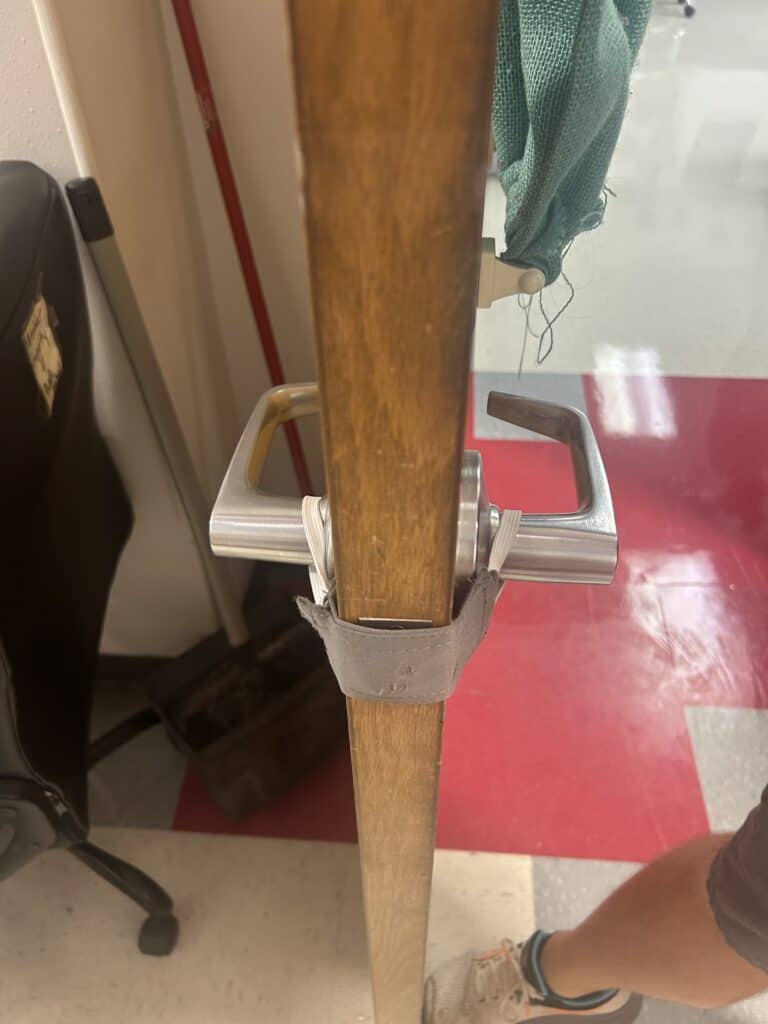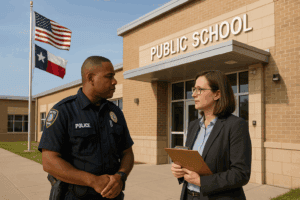The Critical Role of Lockable Classroom Doors in School Safety
In 2015, the Sandy Hook Advisory Commission issued an important school safety report highlighting the significance of lockable classroom doors. The report emphasized that “there has never been an event in which an active shooter breached a locked classroom door.” This statement highlights an extremely important component of school safety and security: the effectiveness of locked doors in protecting students and staff during active shooter incidents.
The Current State of Classroom Door Security
Extensive examinations of school shooting incidents indicate that locked classroom doors have consistently prevented breaches by active shooters. Numerous analyses and recommendations from security experts and educational institutions support the effectiveness of this measure.
Locked doors act as a legitimate barrier to active shooters, who typically seek to inflict maximum casualties quickly. The time and effort required to breach a locked door often cause shooters to move on to easier targets. This simple yet highly effective measure provides essential time for students and staff to secure themselves and for law enforcement to respond.
Additionally, locked doors create a psychological deterrent. The discovery that breaching a locked door will delay their progress often discourages shooters. This delay is crucial, as it allows those inside the classroom to take additional protective actions and reduces the likelihood of direct contact with the shooter.
Challenges and Considerations
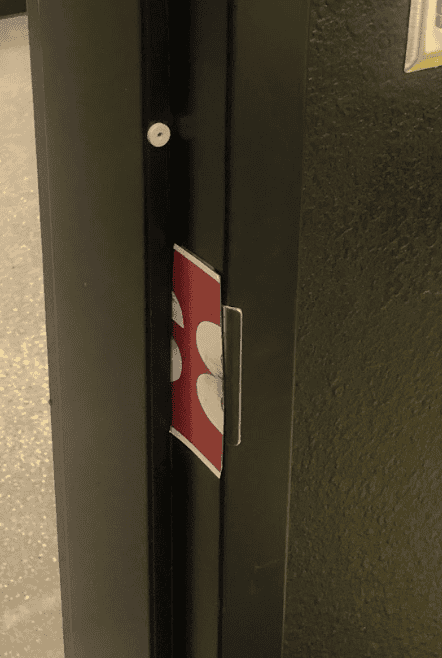
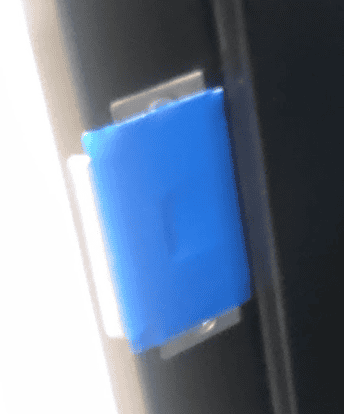
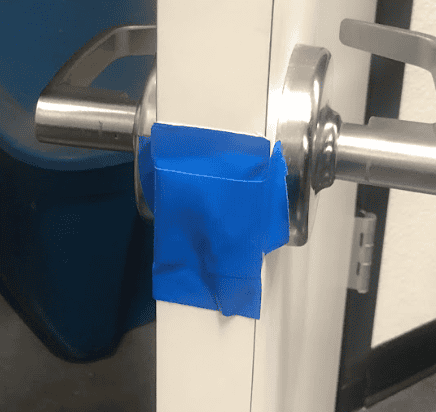
Despite their effectiveness, many schools encounter challenges in implementing comprehensive door-locking policies. Budget constraints often prevent the installation of locks on all classroom doors. In addition, existing locks may be outdated or non-functional, diminishing their effectiveness.
Another critical consideration is compliance with safety codes, such as those set by the Americans with Disabilities Act (ADA). Locks must be designed to ensure accessibility while providing security. This requirement can complicate upgrades and installations, as schools must balance security needs with regulatory compliance.
Furthermore, schools often battle a culture of non-compliance, where staff do not always adhere to safety policies or recommendations. This lack of compliance can undermine even the best security measures, making it essential to foster a safety mindset and create a culture of safety.
Recommendations for Schools
To maximize safety and ensure the effectiveness of locked classroom doors, schools should consider the following recommendations:
- Install Interior Locks:
- Make sure all classroom doors can be locked from the inside without requiring keys. This allows for quick and easy lockdowns during emergencies.
- Regular Maintenance:
- Perform regular checks and maintenance of locks to ensure they are functional and comply with safety standards. Regular maintenance can prevent lock failures during critical moments.
- Training and Drills:
- Educate staff and students on lockdown procedures and alternative methods to secure doors. Training should include using door wedges, belts, or other improvised methods if locks fail.
- Invest in Quality Locks:
- When upgrading locks, invest in high-quality options that meet safety and accessibility standards.
- Collaborate with Security Experts:
- Work with security consultants to assess the current state of classroom locks and develop a comprehensive plan for upgrades. Experts can provide valuable insights and recommend the most effective solutions tailored to the school’s needs.
- Foster a Safety Mindset:
- Cultivate a culture of safety by ensuring all staff and students understand the importance of adhering to security policies. Regular training and clear communication can help reinforce this mindset.
The Broader Impact of Locked Doors
The broader impact of locked classroom doors extends beyond immediate security during active shooter incidents. Implementing robust door-locking policies can foster a culture of safety and preparedness within the school community. Students, staff, and parents can feel more secure knowing that practical measures are in place to protect them.
Moreover, the emphasis on locked doors highlights the importance of addressing physical security in schools. While other measures, such as surveillance systems and access controls, are also crucial, the simplicity and effectiveness of locked doors make them a foundational element of school safety strategies.
Conclusion
The evidence supporting the effectiveness of locked classroom doors in preventing active shooter incidents is compelling. By prioritizing this simple security measure, schools can significantly enhance their safety protocols and protect their communities from potential tragedies. The ongoing commitment to maintaining functional locks, educating staff and students, and investing in quality security solutions will ensure that schools remain safe havens for learning and growth.
Ensuring that every classroom door can be locked from the inside is not just a recommendation but a critical step toward safeguarding our schools and our children.

